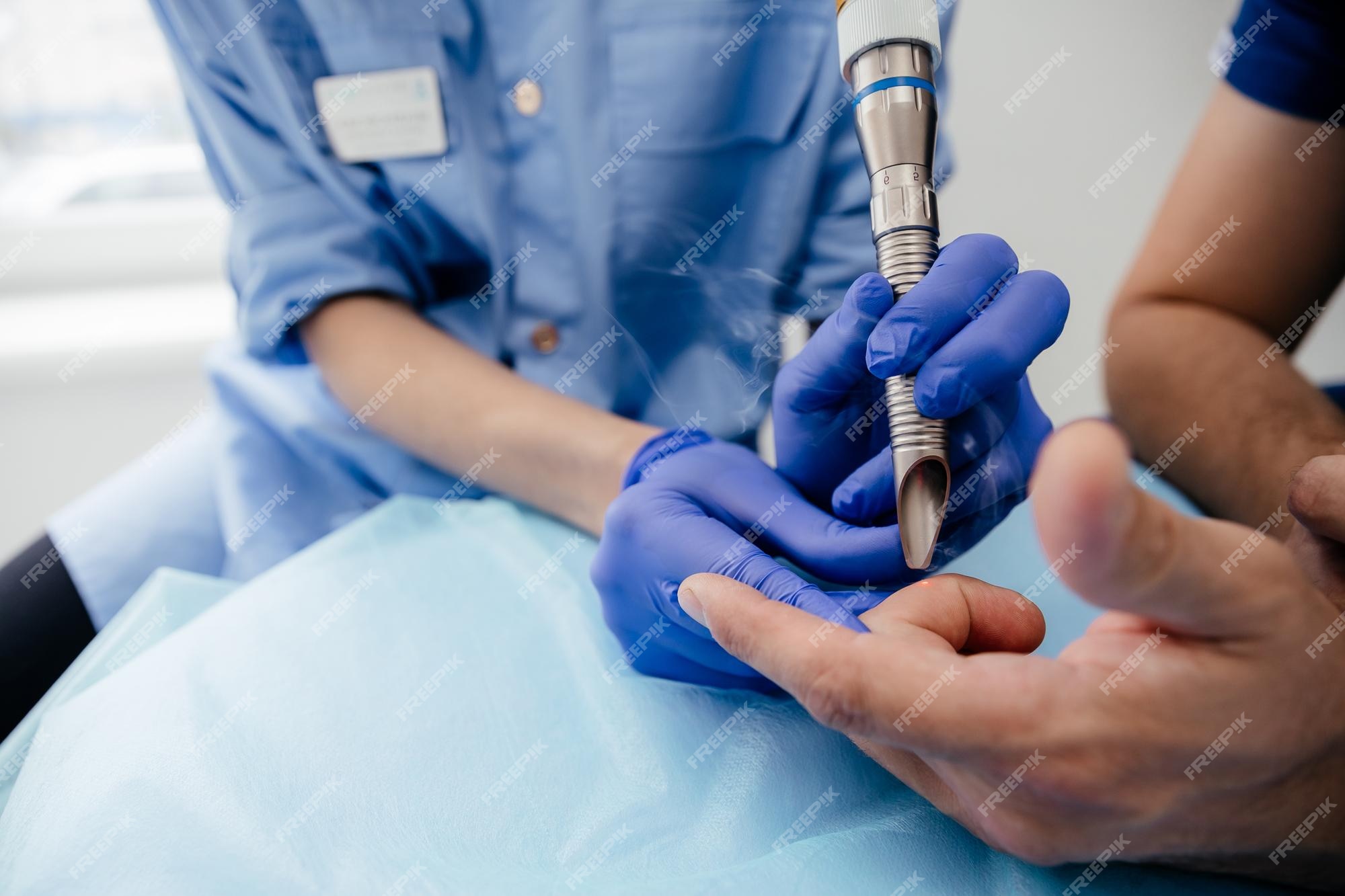
Birthmarks, often innocuous but sometimes aesthetically bothersome, have intrigued people for centuries. These unique skin blemishes can be a source of curiosity, self-consciousness, or simply a point of individuality. In this article, we will explore the different types of birthmarks, their causes, methods of diagnosis and treatment, as well as some natural remedies. Whether you have a birthmark or want to learn more about them, this article will provide valuable insights into their removal and management.
What Are Birthmarks?
Birthmarks are skin markings that are present at birth or appear shortly thereafter. They can vary in size, shape, and color, and their causes are not always clear. Birthmarks can be broadly categorized into three main types: vascular birthmarks, pigmented birthmarks, and other less common birthmarks.
Vascular Birthmarks
Vascular birthmarks are a result of abnormal blood vessels in or under the skin. Two common types of vascular birthmarks are:
Hemangiomas
Hemangiomas are raised, red birthmarks caused by an overgrowth of blood vessels. They often appear within the first few weeks of life and can grow rapidly.
Port-Wine Stains
Port-wine stains are flat, pink, red, or purple birthmarks caused by dilated blood vessels. Unlike hemangiomas, they do not regress and can darken with age.
Pigmented Birthmarks
Pigmented birthmarks are characterized by an excess of pigment cells in the skin. Some examples include:
Cafe-au-lait Spots
Cafe-au-lait spots are light brown birthmarks that can vary in size and number. They are typically oval or irregular in shape.
Mongolian Spots
Mongolian spots are bluish-gray birthmarks that are usually found on the lower back and buttocks. They are more common in people with darker skin.
Other Birthmarks
Other birthmarks, such as congenital melanocytic nevus and Becker’s nevus, have different characteristics and causes. These birthmarks are rarer but can also be concerning for individuals.
Causes of Birthmarks
The exact causes of birthmarks are not always clear, and they can vary depending on the type. While some birthmarks are present at birth and are believed to be genetic, others may develop shortly after birth due to various factors such as genetics, environmental influences, or spontaneous mutations.
Diagnosis and Evaluation
If you have concerns about a birthmark, it’s essential to seek a medical evaluation. Dermatologists can diagnose birthmarks through visual examination and, in some cases, may recommend further tests like biopsies or imaging to rule out any underlying issues.
Treatment Options
The decision to remove a birthmark often depends on the type, size, location, and the individual’s preferences. Several treatment options are available:
Laser Therapy
Laser therapy is a common method for lightening or removing birthmarks, particularly vascular birthmarks and pigmented birthmarks. It works by targeting the blood vessels or pigments in the birthmark, gradually reducing its appearance.
Surgical Removal
In some cases, surgical excision may be recommended, especially for larger birthmarks. This procedure involves cutting out the birthmark and suturing the skin.
Medications
Certain medications may be prescribed to help reduce the size or color of birthmarks. However, their effectiveness can vary.
Natural Remedies
Some individuals opt for natural remedies like aloe vera, lemon juice, or honey to lighten the appearance of birthmarks. While these remedies may offer some improvement, they are not guaranteed to completely remove the birthmark.
Living with Birthmarks
It’s important to remember that birthmarks are not harmful and don’t require removal unless for cosmetic reasons or specific medical concerns. Many people embrace their birthmarks as unique features that make them who they are. Embracing your birthmark or seeking treatment is a personal choice.
Conclusion
In conclusion, birthmarks come in various forms, and their removal options vary. Whether you choose to remove a birthmark or embrace it as a part of your identity, the decision should be made based on your preferences and needs. Always consult with a healthcare professional to discuss your options and ensure the best outcome.
FAQs
- Are birthmarks dangerous?
- Most birthmarks are harmless, but it’s essential to have them evaluated by a dermatologist to rule out any potential concerns.
- Can all birthmarks be removed?
- The removal of birthmarks depends on their type, size, and location. Consult with a dermatologist to explore your options.
- Is laser therapy painful?
- Laser therapy may cause some discomfort, but it is generally well-tolerated. Your dermatologist can provide more information on the procedure.
- How long does it take to see results from birthmark removal treatments?
- The time it takes to see results can vary depending on the treatment method and the individual’s response. Your dermatologist can provide an estimate.
- Are natural remedies for birthmark removal effective?
- Natural remedies may offer some improvement, but their effectiveness can vary. Consult with a healthcare professional for guidance on the best approach.
